Biological Oxidation Of Organic Constituents In Tar-Sand Combustion-Process Water
Biological Oxidation Of Organic Constituents In Tar-Sand Combustion-Process Water
Source: https://www.wiley.com
Author: M. F. Torpy, R. G. Luthy, L. A. Raphaelian
Conversion of fossil-derived resources into alternate fuels generates process wastewaters that may contain a variety of inorganic and organic contaminants. Some of these process wastewaters have a unique composition, for which little or no previous experience exists that would allow one to judge the efficacy of conventional wastewater treatment unit operations. The purpose of this investigation was to characterize a tar-sand process water and to conduct a screening test to assess the potential for wastewater treatment by biological oxidation.
Only logged in customers who have purchased this product may leave a review.



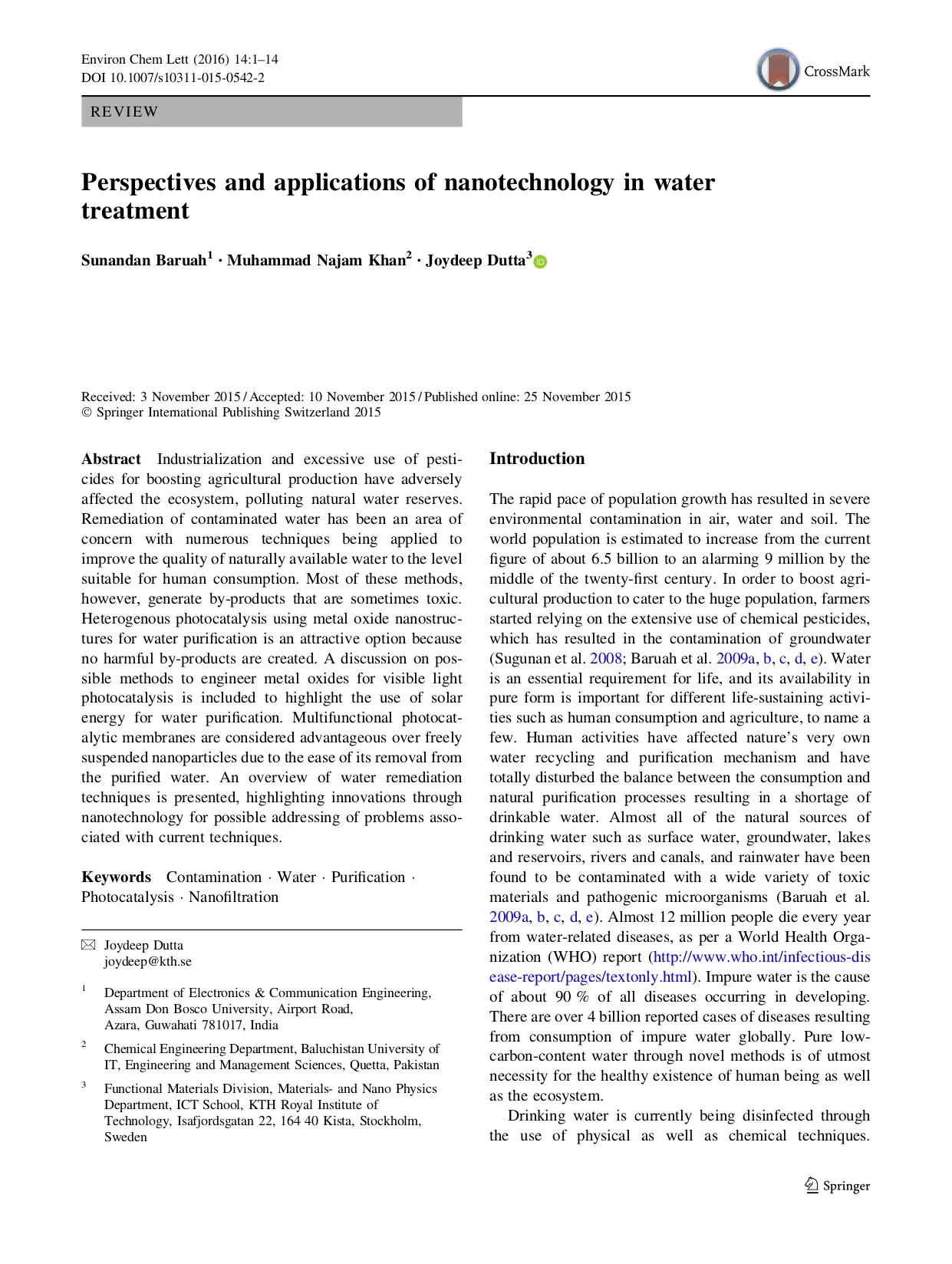
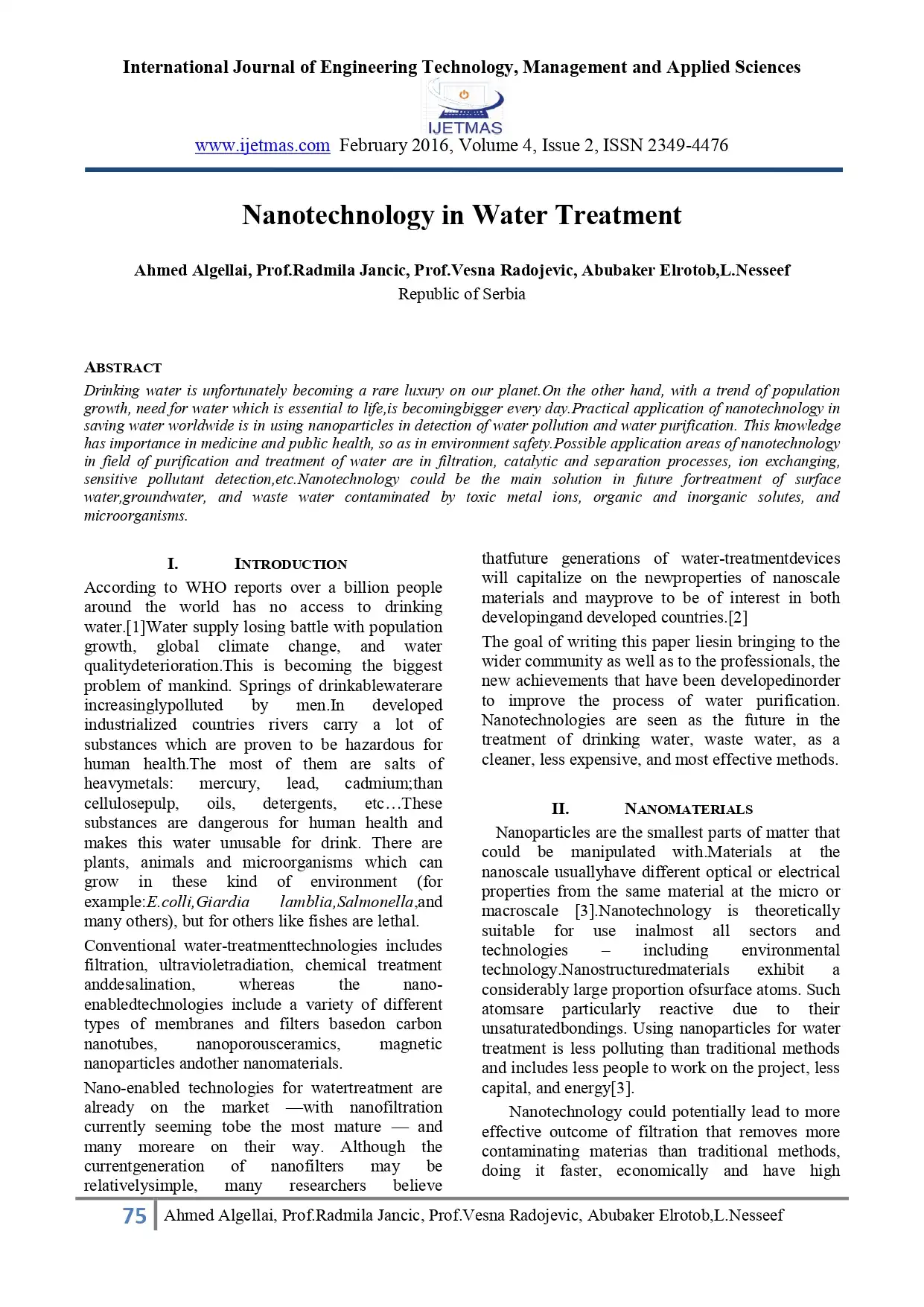

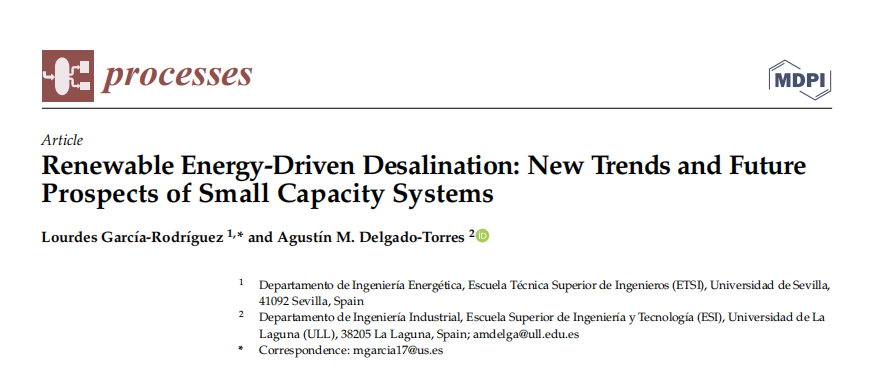
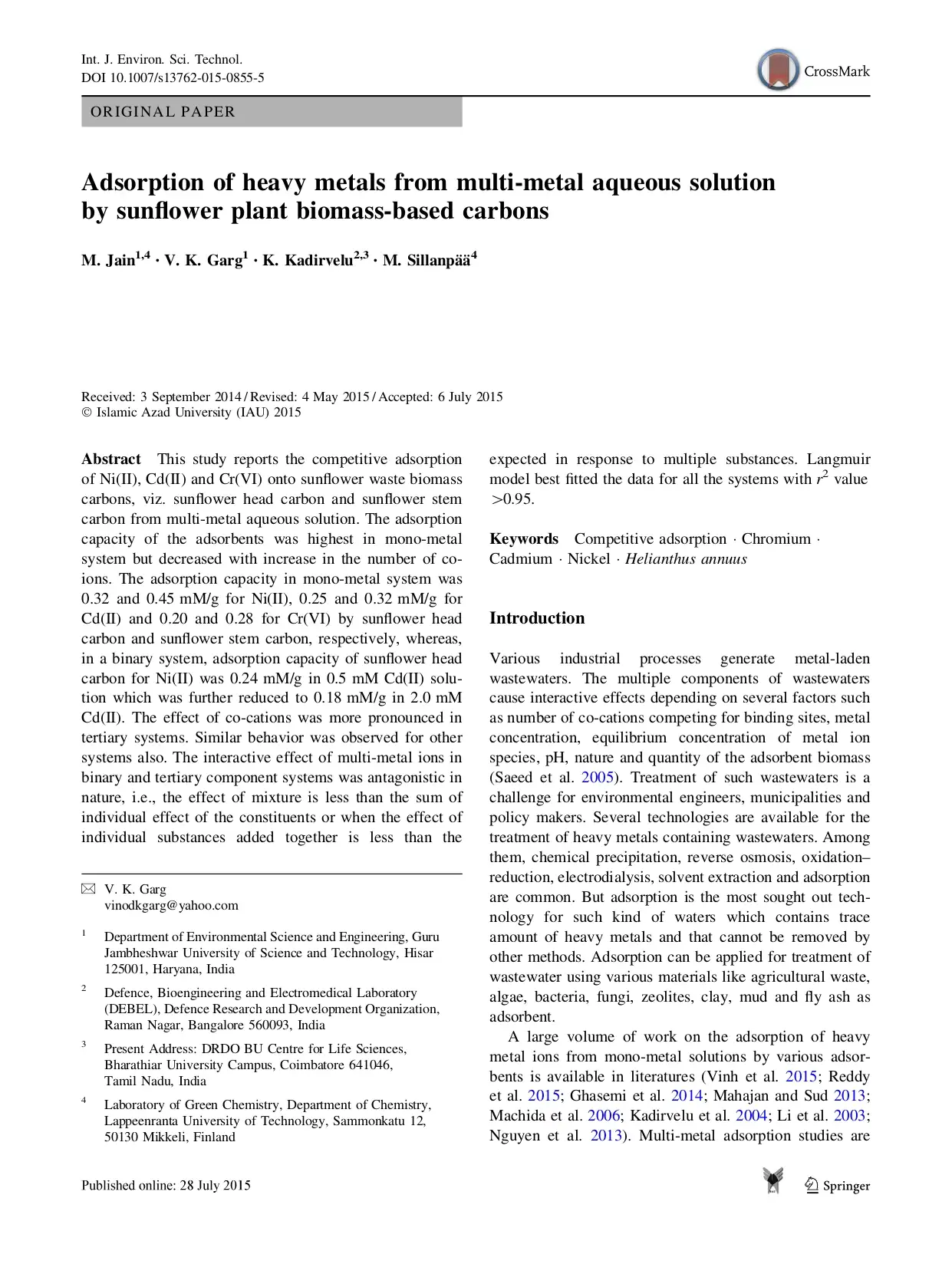


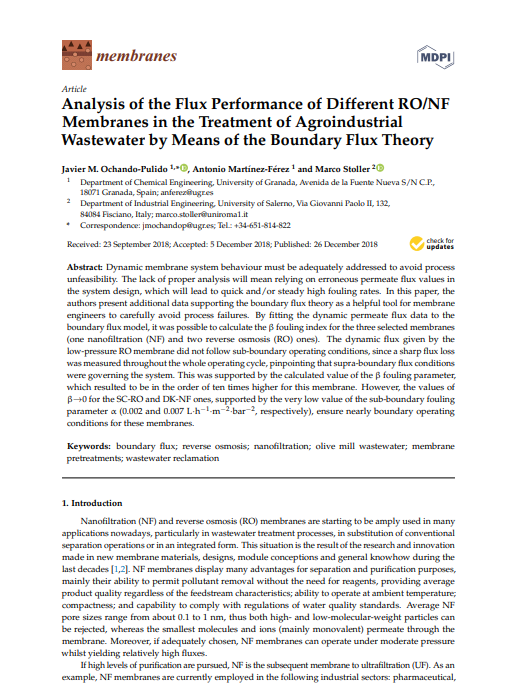
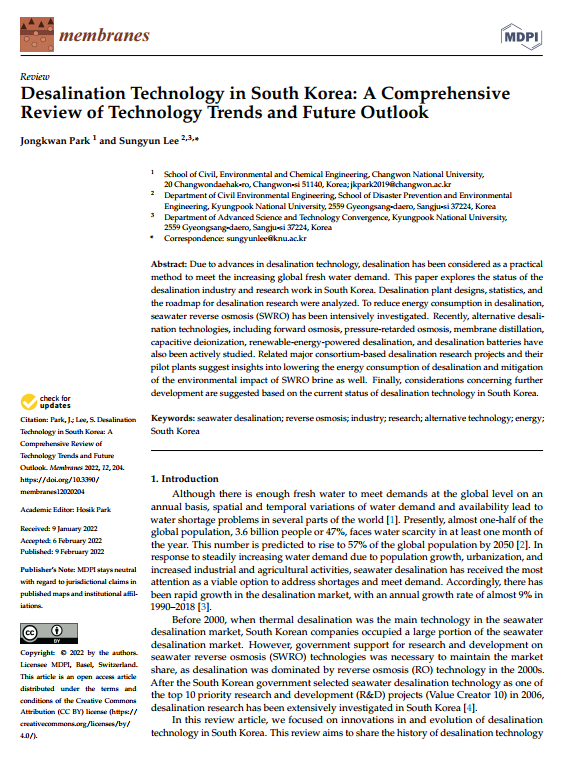
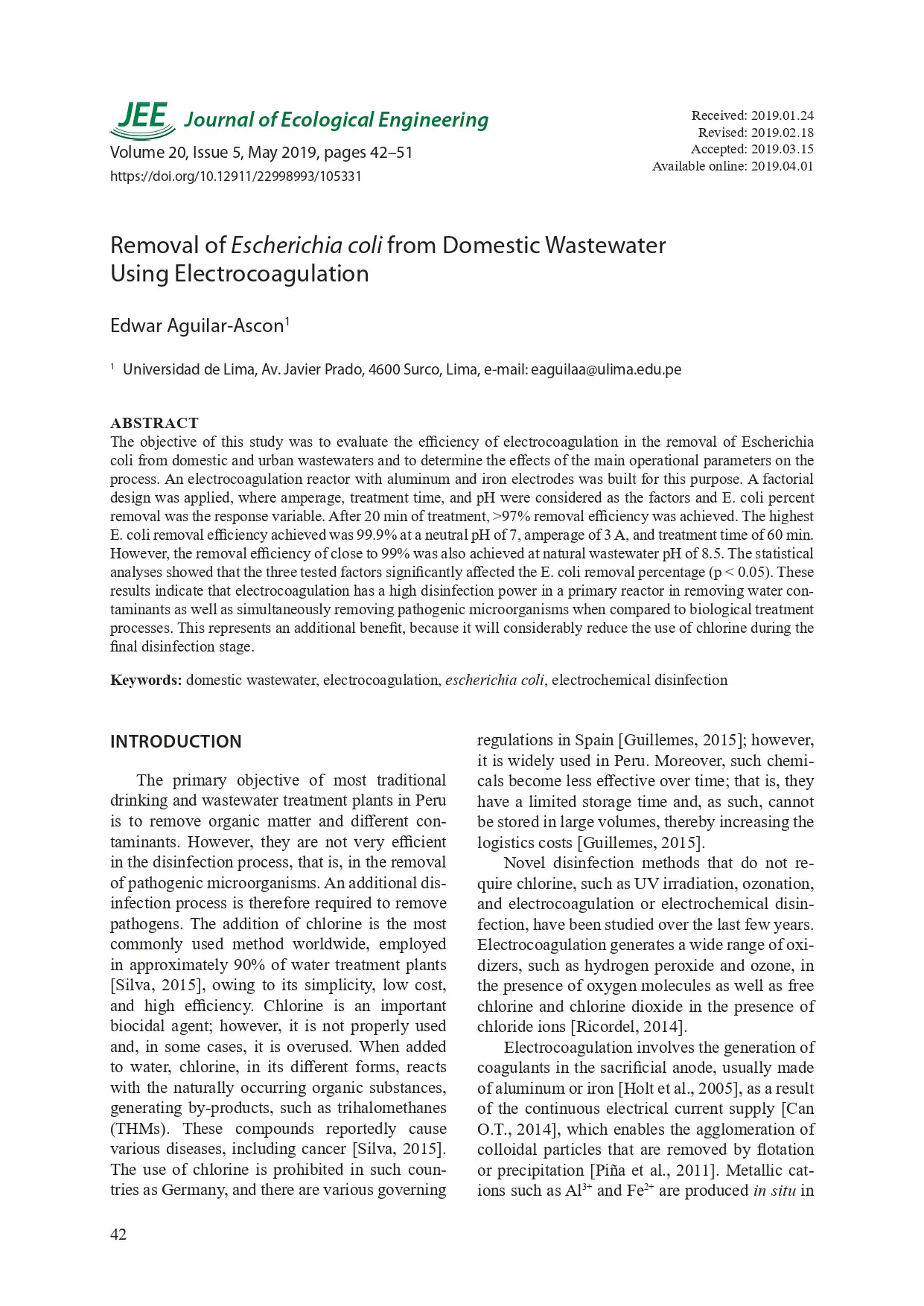
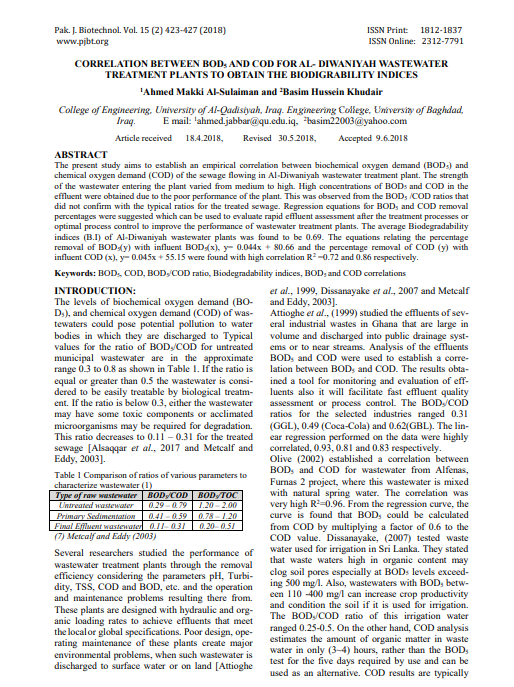
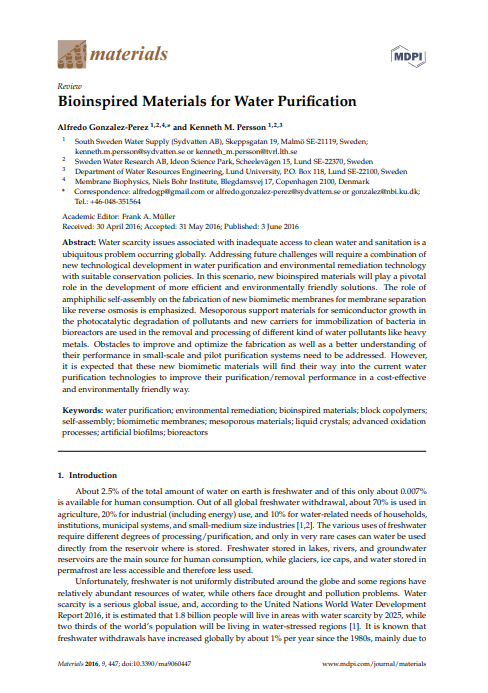
Reviews
There are no reviews yet.